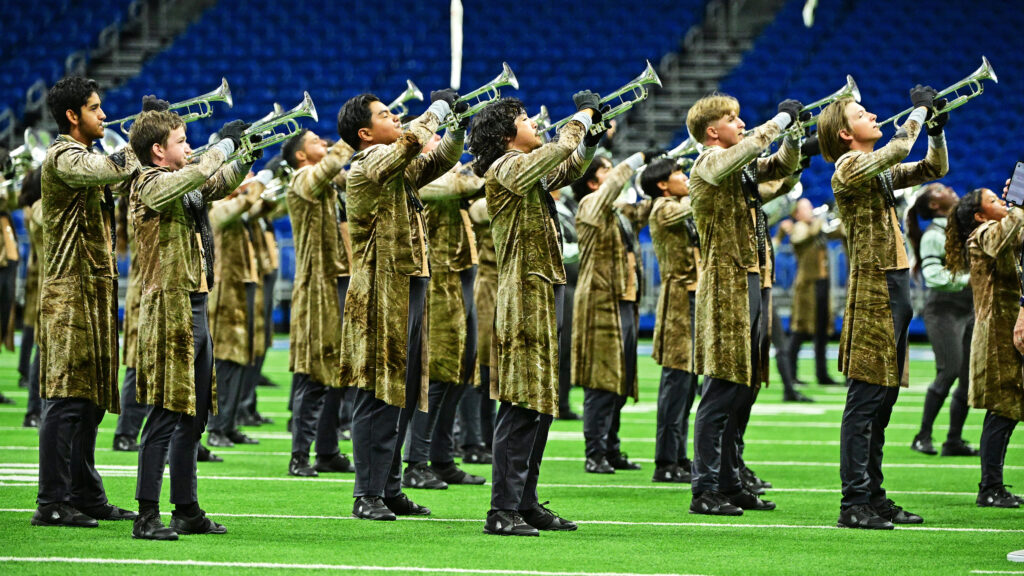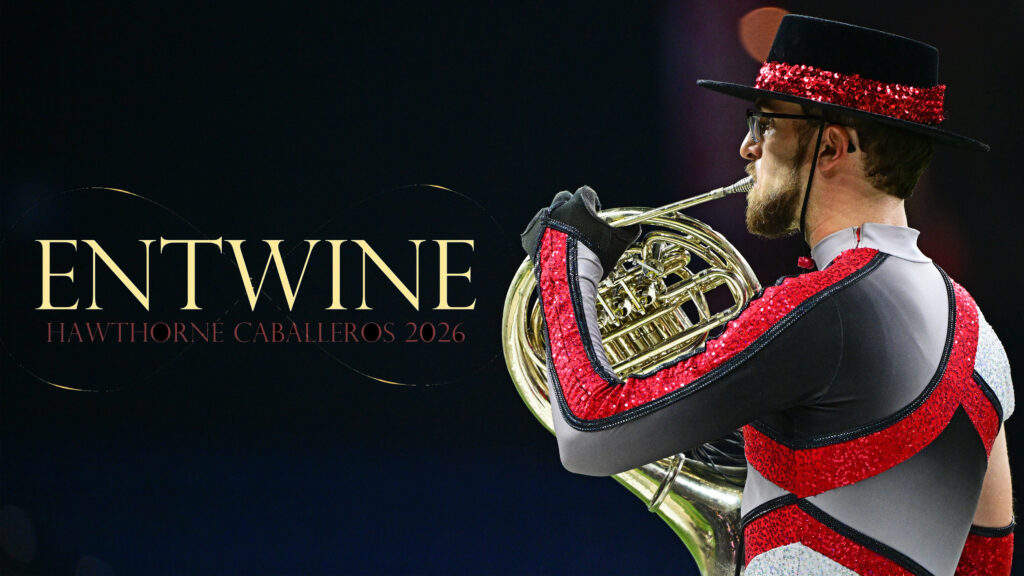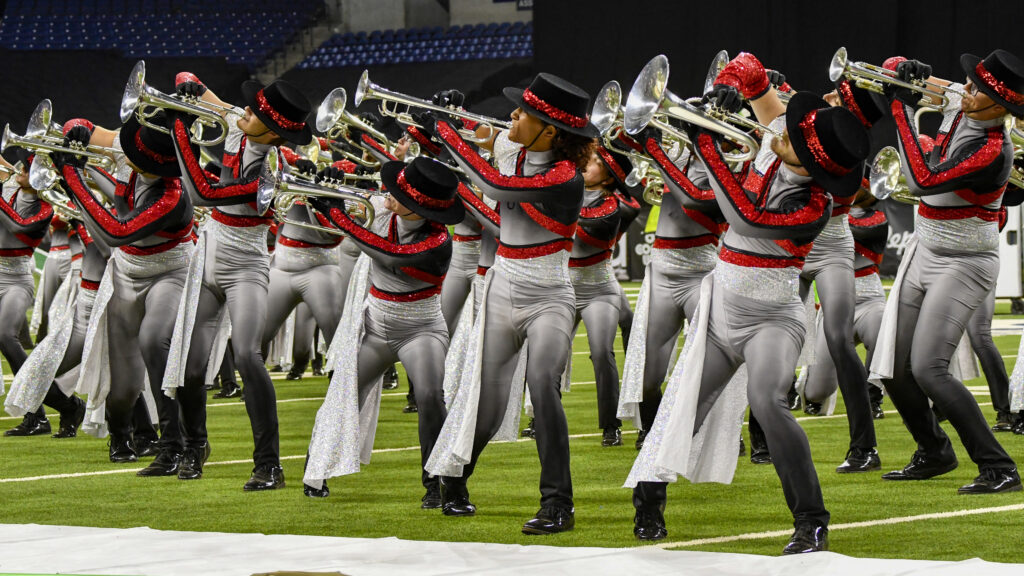Coinciding with All Saints Day on the Christian calendar, here is the third of three “Fanfare” columns which take a look at church-sponsored corps and their place in the history of drum corps in America.
Steve Solombrino contributed the following:
I have experience with Catholic Youth Organization (CYO) corps as a marching member and a corps director’s son.
Several major metropolitan areas had a large CYO activity. There were hundreds of marching units mostly in—but not limited to—the Boston, Metro New York and New Jersey areas.
In the 1950s and ’60s, The Archdiocese of Boston was run by a strong-armed, politically brilliant archbishop by the name of Cardinal Cushing. He strongly believed in CYO’s ability to keep urban kids off the streets and out of trouble. In the Boston area throughout the ’30s, ’40s, ’50s and ’60s, Boston CYO had many very large programs in sports, music and other areas of interest that covered the entire archdiocese, which included Boston and its near suburbs. Some of these activities were programs run by parish schools, while parishes outside of a school setting ran others.
Usually, the membership consisted of kids from the particular parish. No experience was required and none was expected. The idea was to get kids off the street and keep them active year-round.
Many parishes had more than one marching unit and sometimes they had more than one type of unit. For example, I marched with the Immaculate Conception Reveries. We had a Class A corps and a Class C corps when I started. St. Kevin’s had a Class A, Class B and a Class C corps. St. Theresa had a drill team and a drum corps. Many towns had more than one parish with marching units, each with multiple units! Local churches sponsored the units to various degrees.
Usually, the corps membership consisted of kids from the particular parish. No experience was required and none was expected. The idea was to get kids off the street and keep them active year-round.
In Boston, there was at least one CYO circuit show per week, usually on a Sunday afternoon, though there were exceptions. CYO in this area included drum corps, drill teams and marching bands. The schedule ran from late May to late September, culminating in the CYO music festival where all units competed. During the ’60s, there were so many units in Boston that the music festival was a two-day affair! The classes with the younger kids competed on Saturday and everyone else competed on Sunday. Bands and drill teams had one open class (though there may have been more than one class for these in the ’50s). Drum corps had Class A, B, C group 1 and C group 2. That’s five classes of drum corps with kids as young as 6 or 7 in Class C and national contenders in Class A. There was a whole lot of CYO activity in the ’60s!
Cardinal Cushing pushed the parishes into running these programs no matter what the size of the parish. They all had something going on. He personally got involved with general fund raising. For example, the famous CYO Nationals invitational show was an event that was used to raise funds and present the product of the music programs to the general public. Cardinal Cushing was making a point. He strong-armed all the major corporations in the area to buy tickets and donate other money.
The stands were filled to capacity each year with people who were not involved with the activity, but were in position to open their wallets on a local level and support the kids. These people loved what they saw and came back year after year. The rest of the year, they indeed opened their wallets to their local programs. These were not all Catholics. My father worked for a wonderful Jewish family for 52 years. The owners demanded tickets to the show each year and donated products and services to both the Reveries and the 27th Lacners with no questions asked. They knew they were helping urban kids stay off the streets and felt good to be able to help.
As for the individual parishes, I can tell you what happened at Immaculate Conception Revere. The parish got behind drum corps in 1957 and formed two corps. The I.C. Reveries had a senior corps (class A) and a junior or feeder corps (class B and C at various times). There was a priest assigned to oversee the operation and lay people ran the day-to-day operation. The parish held the money and the priest held the purse strings.
The corps organization was responsible for its own fundraising. We tried everything we could think of to raise money. The parish let the corps use the school gym as headquarters and practice venue for free. The corps was obligated to provide musical performances for the parish on demand for such things as football games, parades and festivals. This was a small price to pay as travel was never involved.
This all came to a screeching halt after Cardinal Cushing as the next archbishop didn’t share the same vision. Viewing an impending funding crisis for the archdiocese, he didn’t share the same enthusiasm for the CYO and CYO participation was on a downward spiral, mostly due to lack of support from the archdiocese and eventually the local parishes.
As drum corps disbanded starting in the late ’60s, the activity got smaller and eventually the circuits were abolished, as there were not enough units to sponsor shows and compete. The CYO music program in Boston came to an end. This reduction was mirrored in the CYO sports leagues as well.
After all was said and done, the drum corps world as a whole got three great corps out of the sponsorship of one Catholic parish; The I.C. Reveries, the 27th Lancers and eventually North Star. In the end, we have nothing to complain about. We’ve all had a great time and cherish the memories. The personal bonds of the members of these three corps are very strong to this day.
Editorial assistance by Michael Boo.





